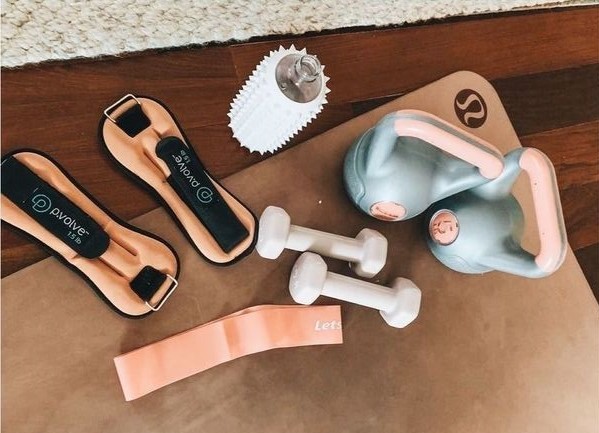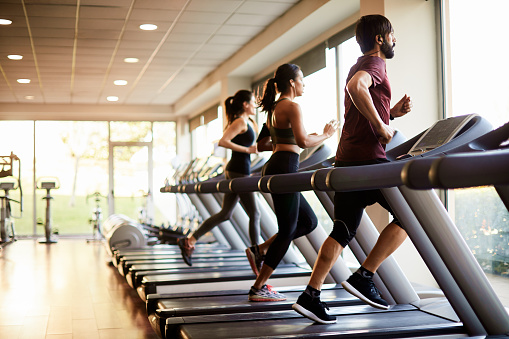1.Figure out what your fitness goals are.
The first thing you should do to start a workout plan for college is to write out your goals.Different goals require different workout plans. One thing you need to do before picking out workout plans to know what you want out of working out.Your main goal shouldn’t also be something so unrealistic. Setting unrealistic goals can lead to more problems down the line.In the beginning, your fitness goals should not be to lose 20 pounds in a week. Completing a difficult workout or even actually showing up to a workout class are nice goals as well.Don’t put so much pressure on yourself either. Start out easy and work your way up.
2.Research!
The next step in forming a workout plan is to do research. Research what exercises work best for your goal.Also, research what foods will give you energy and healthier recipes.Find out what your body type is (ectomorph, mesomorph, and endomorph) and what it needs to gain muscle or lose weight.If you are taking on a workout plan that you found online, look up reviews and not just results.Different bodies will react differently to the same workout. Research also can give you tips to not injure yourself.
3.Eat healthier and better.Not less.
Figure out an eating plan (not a diet plan) that works for you.Include foods that you love and new foods.Diet culture is dangerous and is high amongst college students and has increased due to social media.So many fad diets are out there and are NOT healthy.There is also so much false information on social media.If you truly want to lose weight or even gain weight, do research and preferably contact a doctor.Be mindful and aware of what your body needs.
4.Space out the time you need to work out.
You should find the best time for you to exercise.A little each day eventually adds up.
5.Find beginner (or whatever level you are on) workouts that you can do.
A simple YouTube search for “workouts for beginners” or “beginners yoga” or “pilates for beginners” can give you so many videos.Find videos of workouts that are doable for you. Don’t try to overdo yourself when you first start. Beginner workouts can sometimes get intense and take a lot of energy.Do not allow the word, “beginner” to intimidate you or make your feel weak.
6.Find workouts that you like.
Doing workouts that make you feel like you’re having fun or at least kind of. Don’t force yourself to do a workout that is difficult or if you’re not liking it.Not every workout will be one for you.
7.Don’t force yourself to workout every day.Give yourself breaks.
Your body needs a rest day (or days) from exercising because you can seriously injure yourself. Our bodies need time to repair muscle. Resting is completely fine.
8.Use apps to track your meals and calories.
Retake your personal fitness assessment six weeks after you start your program and then again every few months.You may notice that you need to increase the amount of time you exercise in order to continue improving.Or you may be pleasantly surprised to find that you're exercising just the right amount to meet your fitness goals.If you are into calorie counting or keeping up with what you ate during the day, try downloading apps such as Lifesum and MyPlate Calorie Counter.
9.Assemble your equipment.
You'll probably start with athletic shoes. Be sure to pick shoes designed for the activity you have in mind. For example, running shoes are lighter in weight than cross-training shoes, which are more supportive.If you're planning to invest in exercise equipment, choose something that's practical, enjoyable and easy to use. You may want to try out certain types of equipment at a fitness center before investing in your own equipment.Wearing workout clothes can definitely boost your motivation and drive to complete a workout.You should always have a yoga mat and a yoga strap too. No matter what you are going to eventually need one.If you plan on working out on the floor, use gloves.
10.Work on body positivity and self-love, too!
Working out should all about see what your body can do. It’s also about taking care of your body and muscles. Exercising has so many benefits outside of weight management. It gives you a boost in energy and happiness.You should never work out to punish yourself for eating too much.You should develop positive and healthy exercising habits.While working out, you should also learn how to love your body.Look at all the things your body did while working out. It can run, jump, twist, turn, and so much more.Self-love and care should be huge components of your workout plan.










